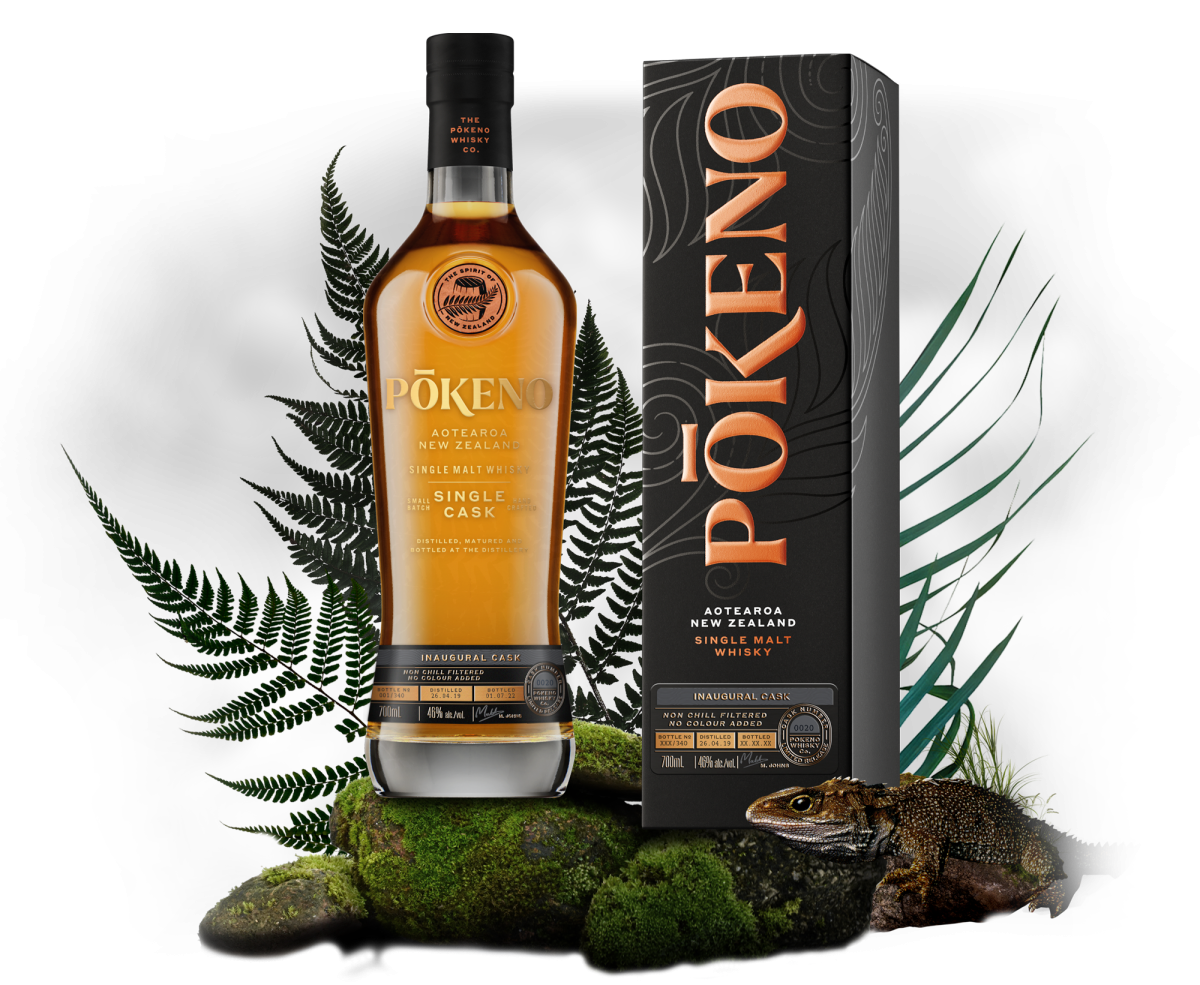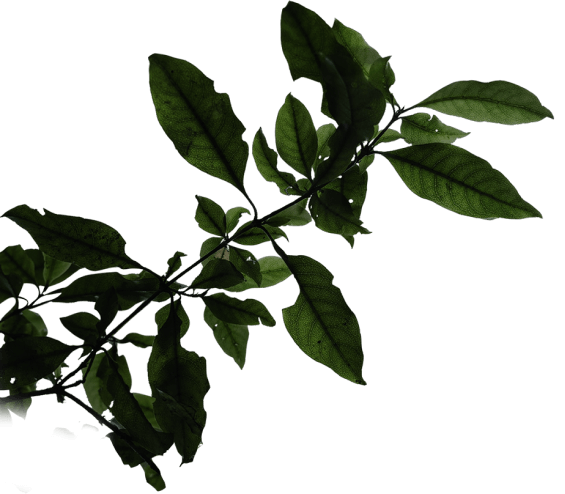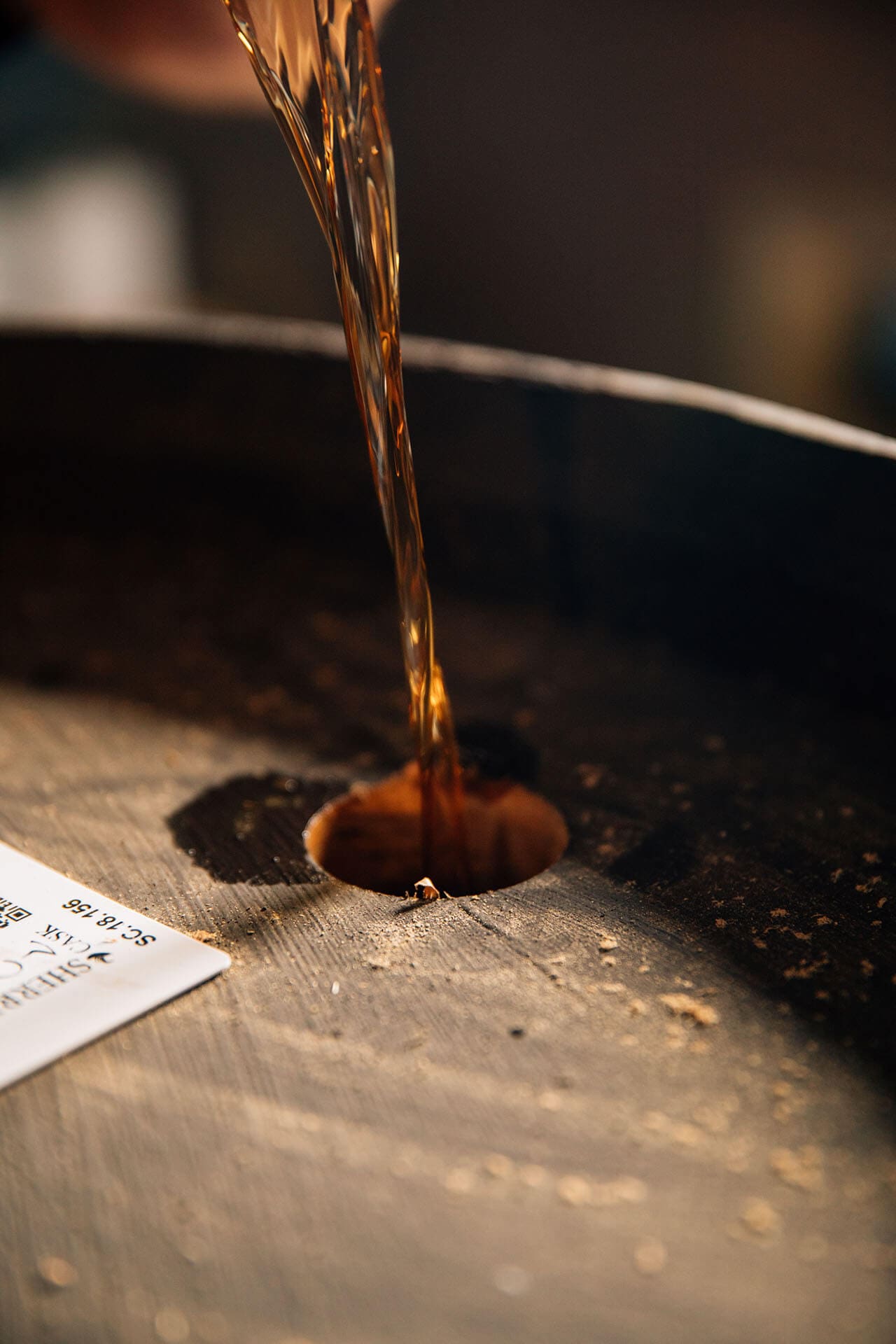Your cart is currently empty!
Innovation in single malt whisky has been a bit of a sticking point for many years, as the legislative framework particularly around many Old World whiskies leaves little room for experimentation.
Historically, most innovation has been centred around the use of different cask types for finishing products after an initial ageing in ex-bourbon casks. Initially, this would be typically confined to wine or sherry casks, although the industry has become more adventurous in recent years, branching out into other spirits casks such as rum and cognac.
We have also seen an increased focus on the role that both barley and yeast play in the final product quality. It is still very difficult to say exactly how much the terroir of the barley affects the profile of the final spirit, but there is a lot of work underway in this area which promises some interesting results in the future. Similarly, many distilleries are now experimenting with new yeast strains, some even growing their own, and playing with longer fermentation times in the search for additional flavours in the new make spirit.
Distilleries are also increasingly looking to use different roasted malts in their mash bills to differentiate the profile. Glenmorangie used chocolate malt in their Signet product, and at Pōkeno,we will soon be releasing our winter malt, which was mashed from mānuka-smoked malt, chocolate and toffee malt.
All this adds complexity to the production process, and so we are likely to see most of this innovation being driven by the smaller craft distilleries who have the flexibility to do this more easily.
In the case of New World whiskies, there is often more room for innovation as the legislation has been written to allow distilleries more flexibility. A good example of this are the rules that have been put together for New Zealand single malt whisky, where distilleries are allowed to age the single malt in barrels made from woods other than oak.
At Pōkeno, we have started a program of building barrels out of native timber, which has included creating the first ever casks from totara at the start of this year. This is a really exciting development for the New Zealand whisky industry as it gives us a real point of difference.
We are not the only country to experiment in this way, and we have seen Irish and American distilleries age whisky in cherry wood, Acacia wood and even beechwood; we are sure we will hear of many more such examples in the future.
Maturation is a part of the process which can influence spirit profile enormously, so innovation in this area is well worth keeping an eye on. Moves thus far bode well for the industry, and as whisky consumers, as much as producers, we are excited to see what the next few years hold for the category.














